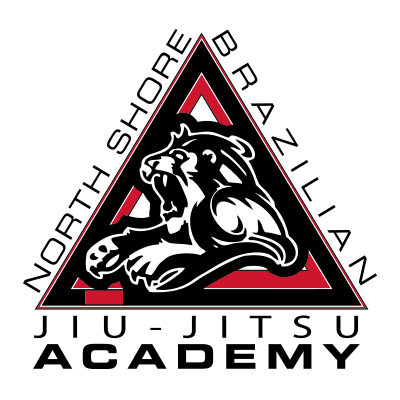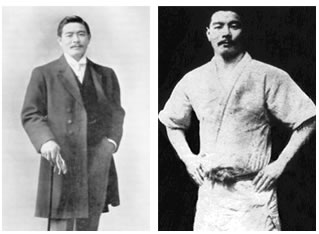A History of Jiu-Jitsu -(BJJ, Jiu-Jitsu, Gracie Jiu-Jitsu)
Mitsuyo Maeda
Mitsuo Maeda began training at the Kodokan (Judo) in 1894, eventually becoming one of Kano Jigoro’s top students. While well-versed in throws and takedowns, Maeda’s specialty was ground fighting, also known as newaza. In 1914, Maeda traveled to Brazil, where he befriended a businessman named Gastão Gracie. Maeda would eventually accept Gastão’s son, a teenager name Carlos Gracie, as his student. Carlos studied Maeda’s newaza-based style of judo for several years, eventually sharing his knowledge with his younger brothers. One of his brothers, Hélio, had difficulty executing judo’s techniques due to his diminutive size and lack of strength. Consequently, he began to make adjustments to the judo techniques he had learned, refining them until they could be applied by anyone, regardless of size or strength. It was from these innovations that BJJ was born.
Over the years, the Gracie family tested and refined the art of BJJ through participation in challenge matches—contests with few rules that pitted the Gracies and their students against practitioners of other martial arts. The Gracies rarely lost.
The art of BJJ continued to evolve over the years, eventually incorporating aspects of wrestling and other grappling arts into the curriculum. However, BJJ would remain relatively unknown outside of Brazil until Hélio’s son, Rorion, immigrated to the United States to spread the art of BJJ—a move that would forever change the way the world viewed the art of fighting.
Carlos & Helio Gracie
Carlos Gracie, Sr.
Royce Gracie and the Ultimate Fighting Championship
Royce Gracie
Rorion Gracie arrived in the United States in the late 1970s. Anxious to expose the public to his family’s art, and drawing inspiration from the challenge matches that had been taking place in Brazil since BJJ’s founding. Rorion and a business partner began to lay the groundwork for a martial arts tournament intended to demonstrate the effectiveness of BJJ. This contest, which they named the Ultimate Fighting Championship (UFC), had few rules and pitted martial artists of various disciplines against one another in a one-night, single-elimination tournament. Confident in his family’s art, Rorion believed that the UFC would provide the ultimate showcase for BJJ.
The first UFC (UFC 1) took place in 1993, and Rorian appointed his younger brother, Royce, as BJJ’s representative in the tournament. Rorian believed that Royce, with his slender build and unassuming appearance, was the ideal person to introduce BJJ’s effectiveness to the world. As the tournament got underway, Royce, the event’s smallest participant, dominated opponent after opponent, shocking spectators who expected the little Brazilian in the white gi to be easily defeated. For many, Royce’s victory was a revelation, it really was possible to defeat bigger, stronger opponents with the proper use of technique and leverage. Royce would go on to win the next several UFC events, and martial artists all over the world would begin to seek out instruction in the art of BJJ.
Professor Roberto Maia
Boston Brazilian Jiu-Jitsu Academy was founded in 1995 by Professor Roberto Maia. Roberto trained in Brazil under his cousin Carlos Gracie, Jr. and officially received his black belt from Renzo Gracie in 1994. Professor Roberto Maia has over 30 black belts and 12 affiliate schools, he has created one of the largest support networks in the Northeast area.






